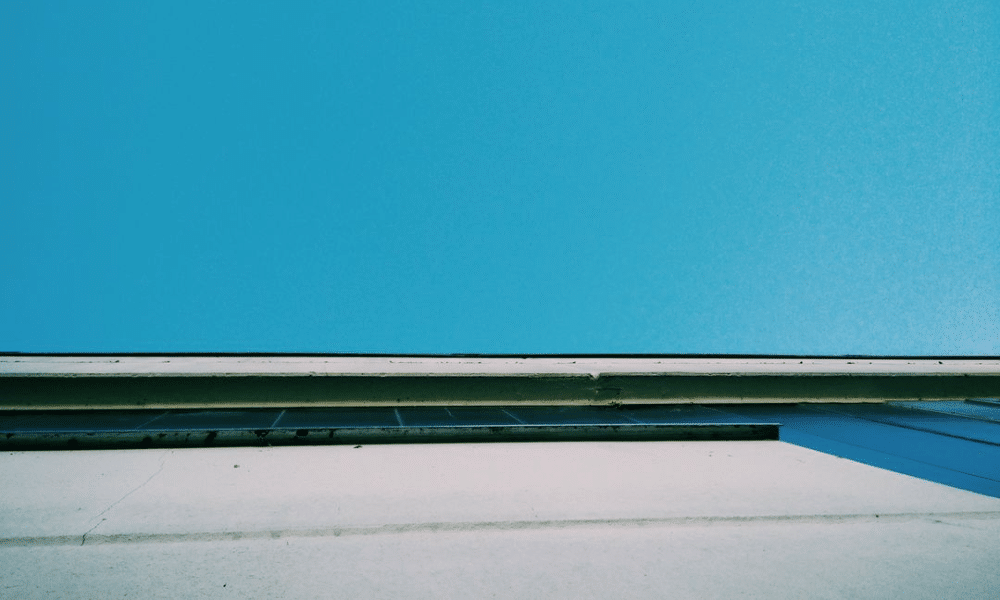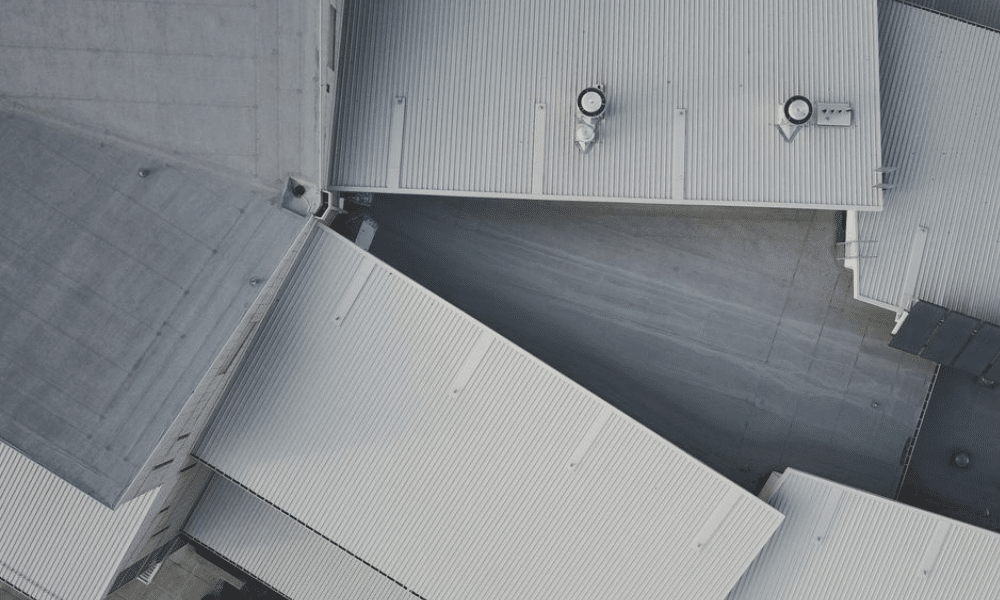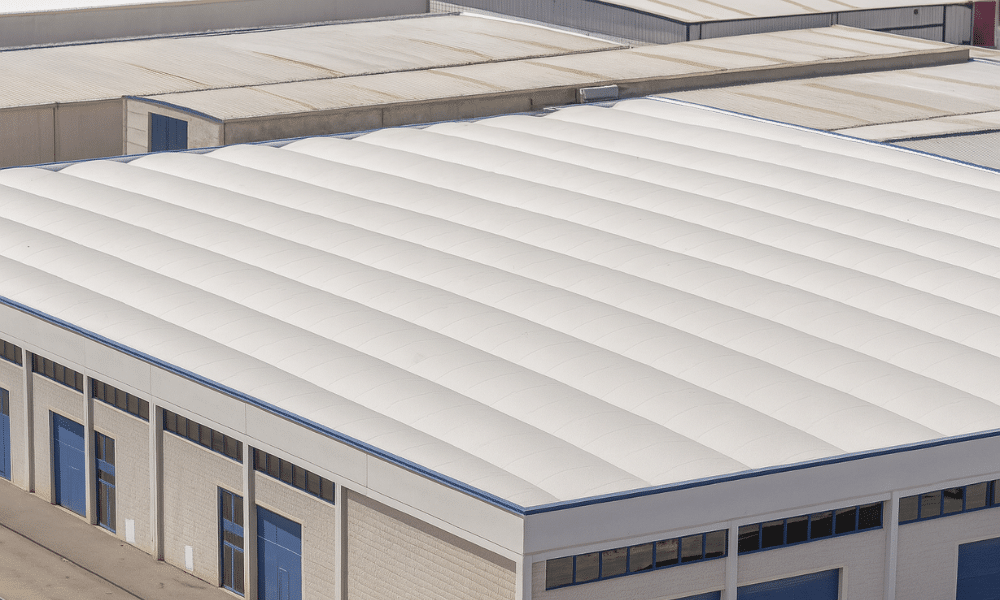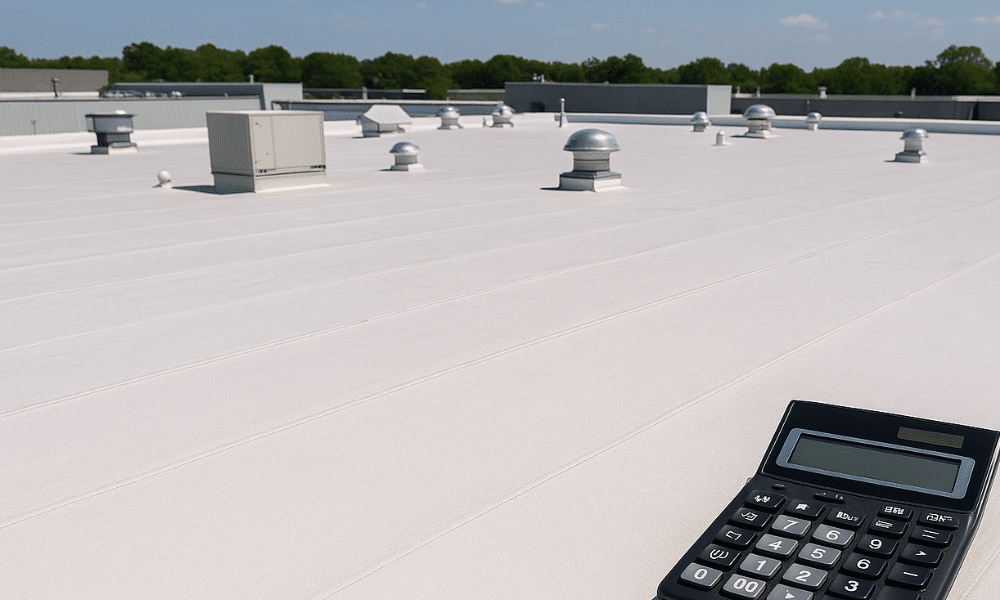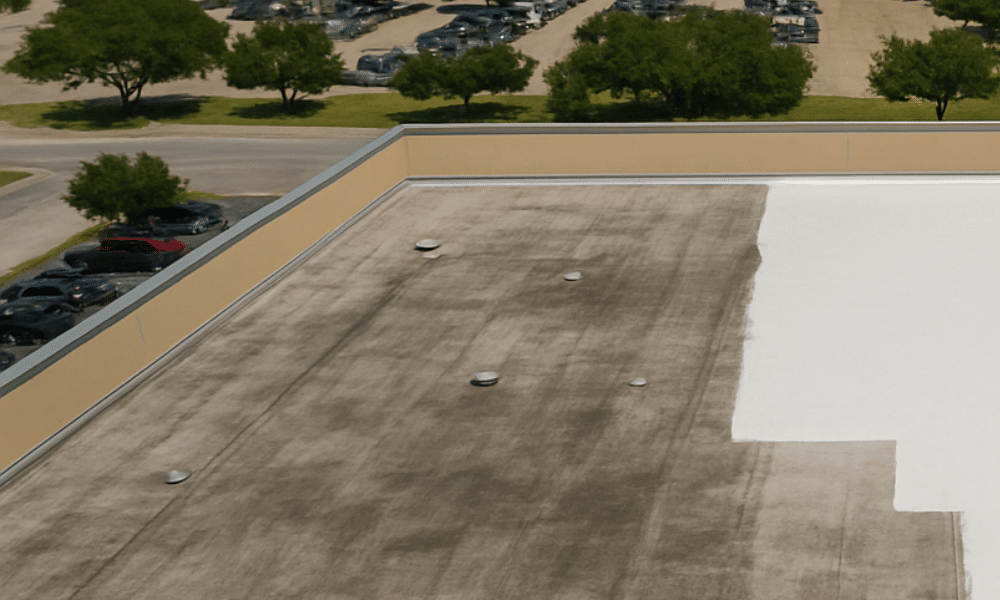
Summary Highlights:
- Delaying roof repairs after a storm can lead to costly interior damage, mold growth, and insulation failure.
- Insurance claims are often denied if damage worsens due to inaction or lack of documentation.
- Energy bills increase as water intrusion breaks down insulation and air barriers.
- WaterTight Roofing offers fast storm assessments and emergency repairs across Texas.
Why Is Prompt Roof Repair After Storm Damage So Critical?
As a commercial roofing contractor serving businesses across Texas, I've seen firsthand what happens when property owners wait too long after a storm to repair their roof. While it might be tempting to hold off, especially if damage isn't immediately visible, doing so can quickly turn a manageable issue into a financial nightmare.
At WaterTight Roofing, we believe in proactive protection. If your building recently endured high winds, hail, or heavy rain, here's why delaying repairs could cost you far more in the long run.
What Happens to a Roof That's Left Unrepaired After a Storm?
Storms don't just cause cosmetic issues—they can compromise the structure and function of your entire roofing system. Even if you don't see water dripping through the ceiling, moisture could work into the insulation, metal decking, or support beams below.
Here's what that can lead to:
Interior Water Damage: Minor punctures or seam separation on TPO, EPDM, or metal roofs can allow water to penetrate gradually. Over time, this leads to:
- Damaged drywall and ceiling tiles
- Rotted framing or decking
- Warped flooring and peeling paint
- Ruined electronics or retail inventory
Mold Growth and Health Hazards: Trapped moisture creates the ideal breeding ground for mold—especially in insulation and dark, enclosed attic spaces. Mold spreads quickly and can trigger respiratory issues for employees or tenants.
Insulation Breakdown: Most commercial roofs contain polyiso or fiberglass insulation. Once wet, it loses its R-value, driving up heating and cooling costs. Worse yet, it begins to sag, harbor bacteria, and lose its structural support.
Structural Deterioration: As roof layers weaken, the decking underneath may rust, bend, or rot. This can cause uneven roofing surfaces, pooling water, and even collapse under heavy rain or snow.
Why Is Delaying Repairs a Risk to Your Insurance Claim?
This is one of the most critical reasons we urge property owners to contact a trusted commercial roofing repair contractor like WaterTight Roofing immediately after a storm—your insurance coverage often depends on fast, responsible action.
Most commercial property insurance policies include specific obligations that must be met to qualify for coverage. These typically require that you:
- Report damage within a certain number of days
- Take "reasonable steps" to prevent further damage
- Provide clear documentation of the storm and related issues
If you wait too long and damage worsens, your insurance provider may claim negligence and deny part—or all—of your claim. We've seen it happen too often.
And unfortunately, that leaves the property owner footing the entire repair bill.
What Are the Financial Impacts of Waiting?
Here's a breakdown of what delayed repairs might cost compared to immediate action:
- Minor membrane repair after a storm: $1,000 – $3,500
- Repairing interior damage after a leak spreads: $10,000 – $30,000+
- Complete roof replacement due to prolonged moisture: $50,000 – $200,000+
- Legal liability from mold exposure or ceiling collapse: Unlimited
Additionally, while waiting, you'll incur higher monthly utility costs as your compromised roof allows conditioned air to escape. That's money draining from your operating budget each month.
Don't Let Storm Damage Spiral Out of Control
Don't gamble with your property's safety, value, or operational continuity if your roof has suffered damage. The longer you wait, the higher the cost of repairs—and the greater the risk to your building's structure and contents. After severe weather, one of the most critical steps is scheduling a post-storm roof inspection. Why? Because many types of damage caused by wind, hail, or heavy rain aren't immediately visible, but they can quickly escalate if left unaddressed.
At WaterTight Roofing, we emphasize the importance of post-storm roof inspections to identify hidden vulnerabilities, such as lifted seams, punctures in membrane systems, damaged flashing, and saturated insulation. If not documented promptly, these issues can compromise your roof's performance, invalidate your warranty, and result in denied insurance claims.
We specialize in commercial roofing systems designed to withstand the most severe Texas storms and respond quickly when weather strikes. Our team provides thorough inspections, emergency protection when needed, and repair plans that fit your budget and operational needs.
Don't wait until the damage spreads or your insurance claim becomes more complicated.
Contact WaterTight Roofing today at 888-809-9976 to schedule your commercial storm damage inspection. Let's stop the damage before it spirals and protect your building with a truly WaterTight roof.
FAQs About Commercial Roof Restoration
Blog subscribers get new resources and how-to guides delivered via email.
Your Business Relies On Staying Dry

